FAQ Common Health Conditions
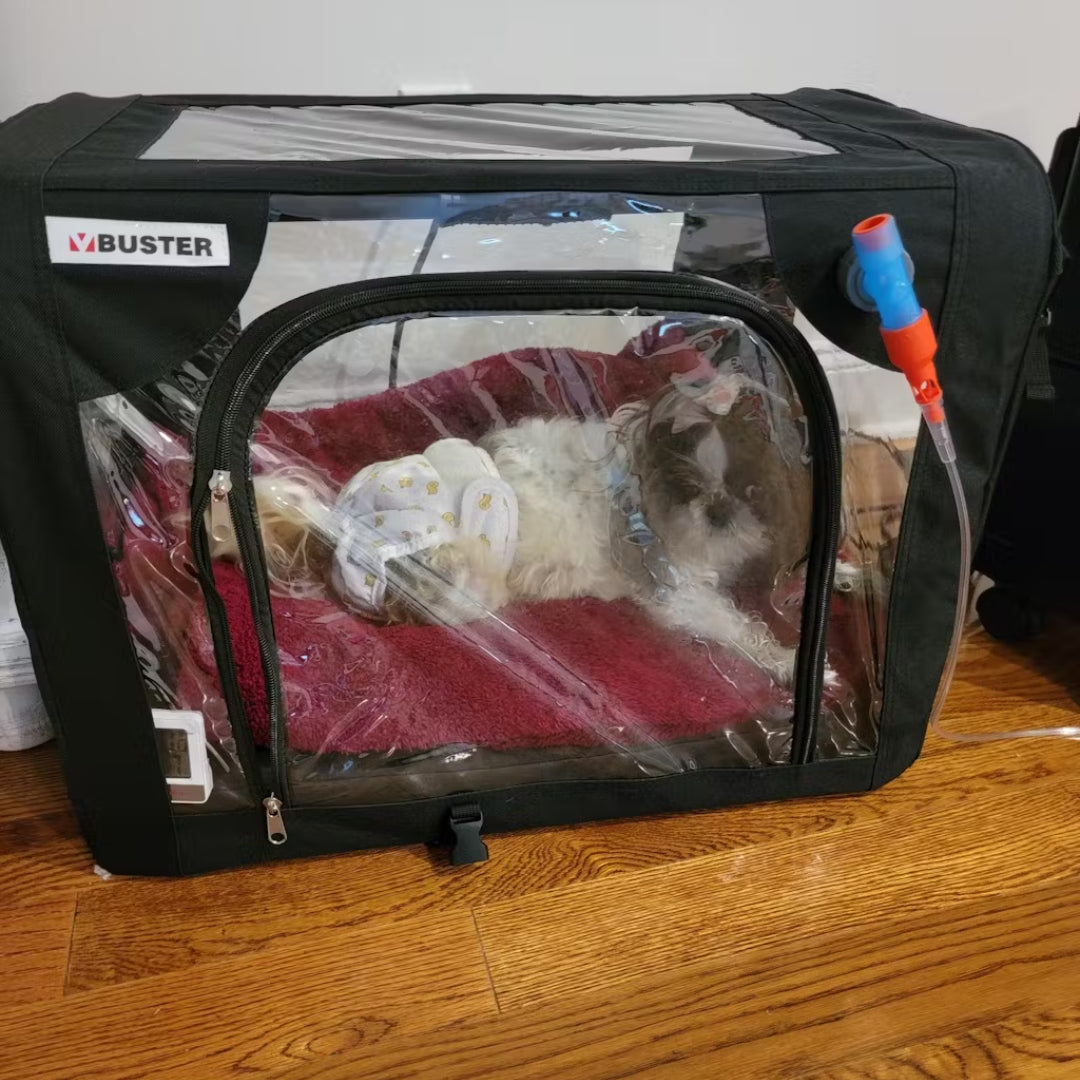
Congestive Heart Failure (CHF)
Congestive heart failure is a disease that occurs when the heart is unable to pump enough blood to meet the body’s needs. It can result from an inherited defect in heart valves or muscle, or it can be caused by high blood pressure, coronary artery disease, diabetes mellitus, and other conditions. Congestive heart failure occurs most often in middle-aged dogs and cats.
Read More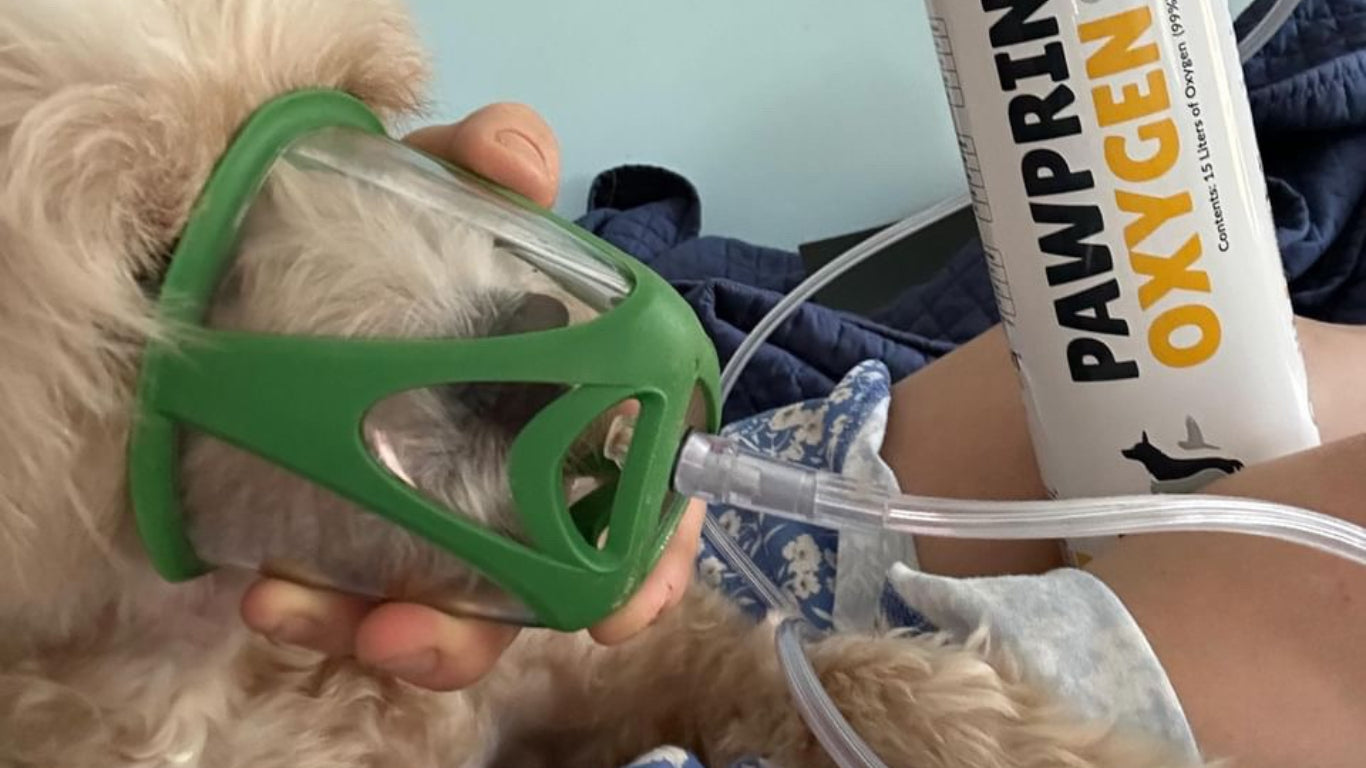
Collapsing Trachea in Pets
Tracheal collapse is a condition where the collagen rings that support the trachea are weakened, leading to the flattening or complete collapse of the trachea. The trachea allows air to pass from the lungs outwards, and where new air is brought into the lungs, so any restriction of the trachea can cause breathing difficulties.
Read More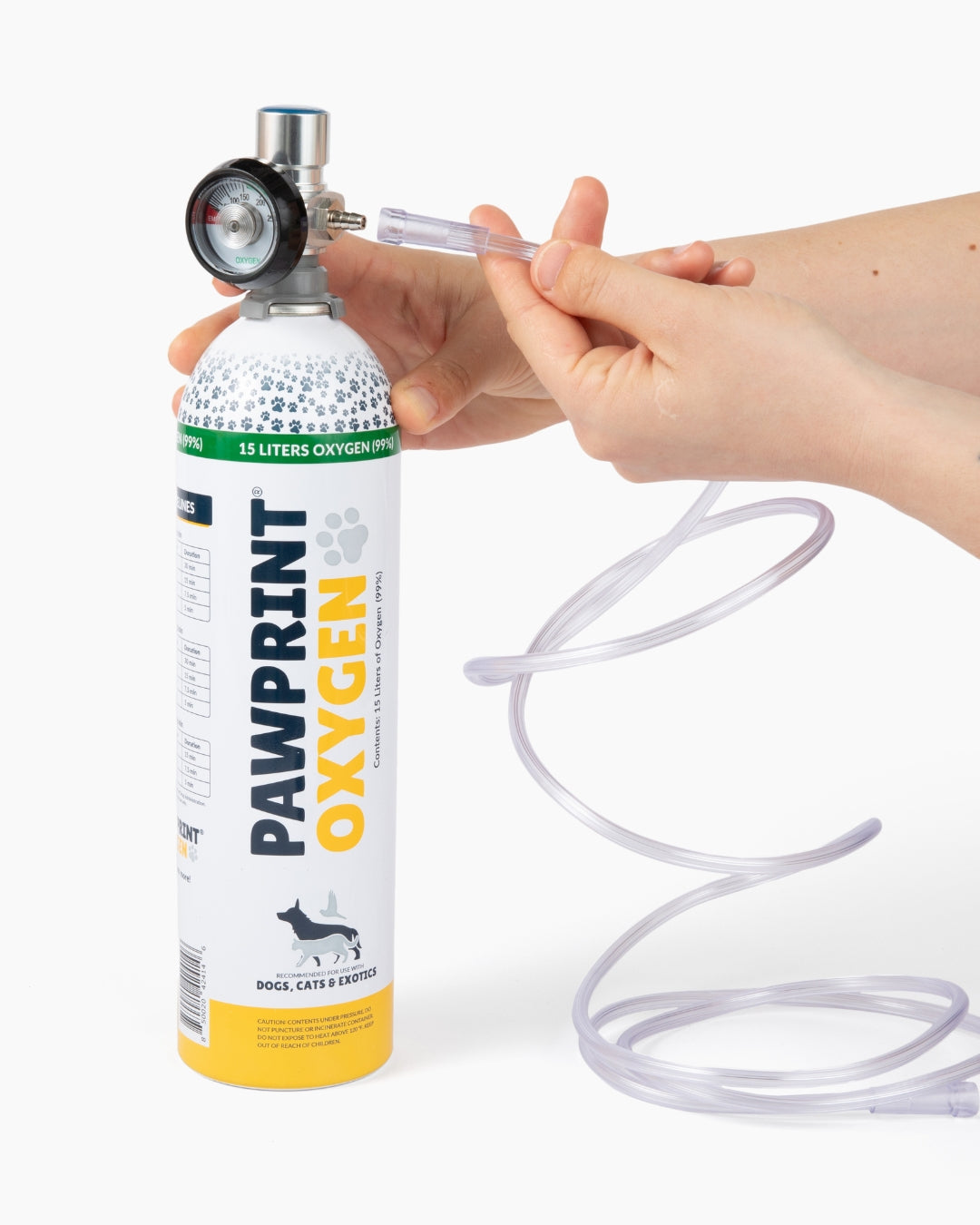
What Is Pulmonary Hypertension?
Pulmonary hypertension is a condition where the blood pressure in the pulmonary arteries become constricted or blocked, preventing blood from flowing properly. The increase of blood pressure can cause damage to the heart and lungs. There are many causes of pulmonary hypertension in pets. Congenital heart defects, kidney disease, pancreatitis, and illnesses such as chronic bronchitis, pneumonia, and certain cancers can all be a cause of pulmonary hypertension.
Read More
What Is Laryngeal Paralysis?
Laryngeal paralysis is a condition that affects an animal’s ability to breathe in deeply, as the sides of the windpipe collapse upon drawing breath, which causes difficulty breathing. Laryngeal paralysis is diagnosed mainly in large breed dogs, but can be found rarely in small breed dogs and cats. There are many causes of the condition, including tumors or lesions in the neck or chest, trauma to the throat, hormonal diseases, and congenital issues.
Read More
What Is Bronchitis and Chronic Bronchitis?
Bronchitis is a disease where the bronchioles and bronchi of the lungs are inflamed, causing mucus to build up and lead to breathing difficulties. Causes of bronchitis and chronic bronchitis can be anything that irritates the airway.
Read More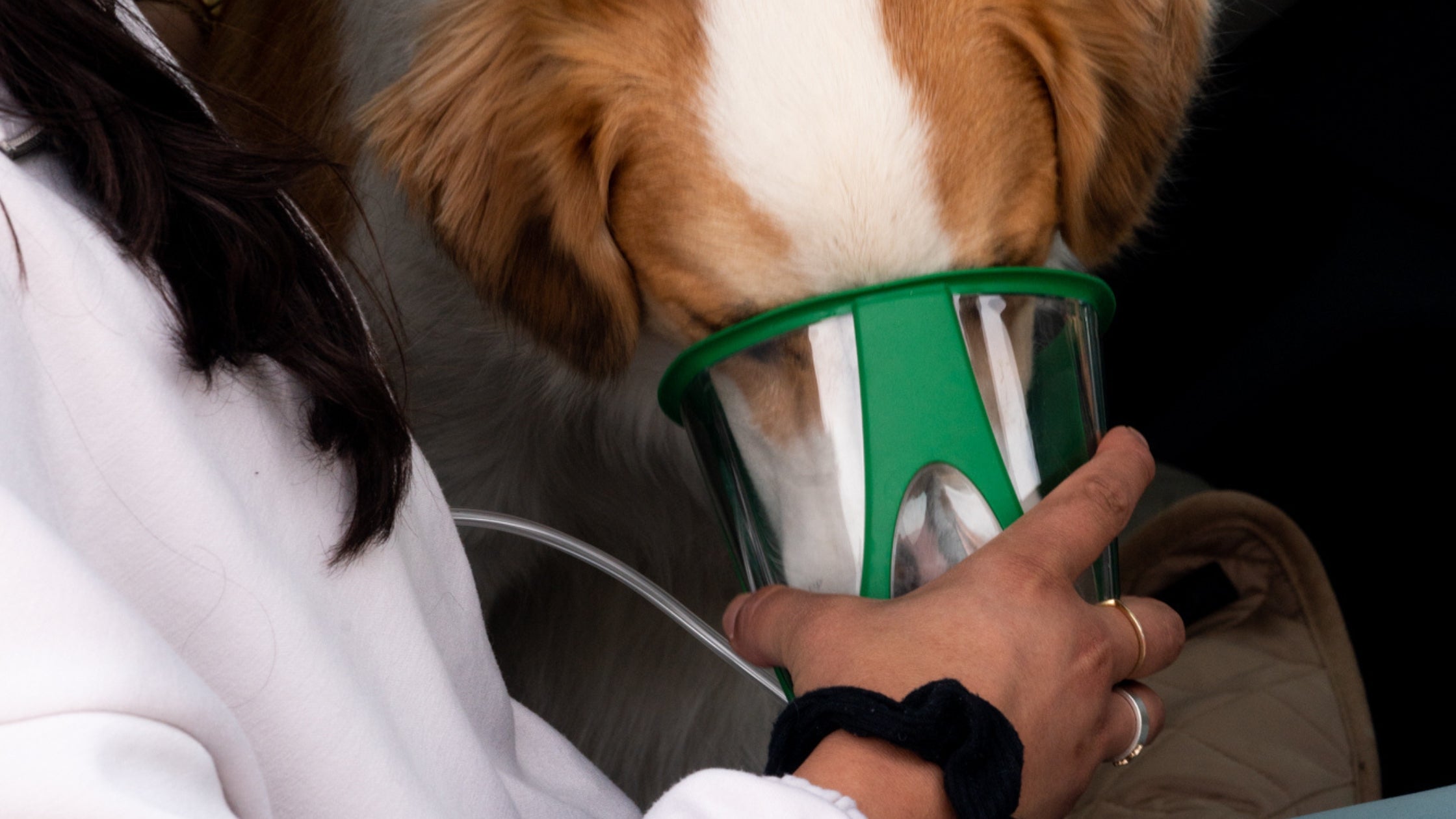
What Is Pneumonia?
Pneumonia is a condition that is characterized by an inflammation of the alveoli, or air sacs, of the lungs. The alveoli is where blood exchanges oxygen and carbon dioxide, so any inflammation can affect breathing.
Read More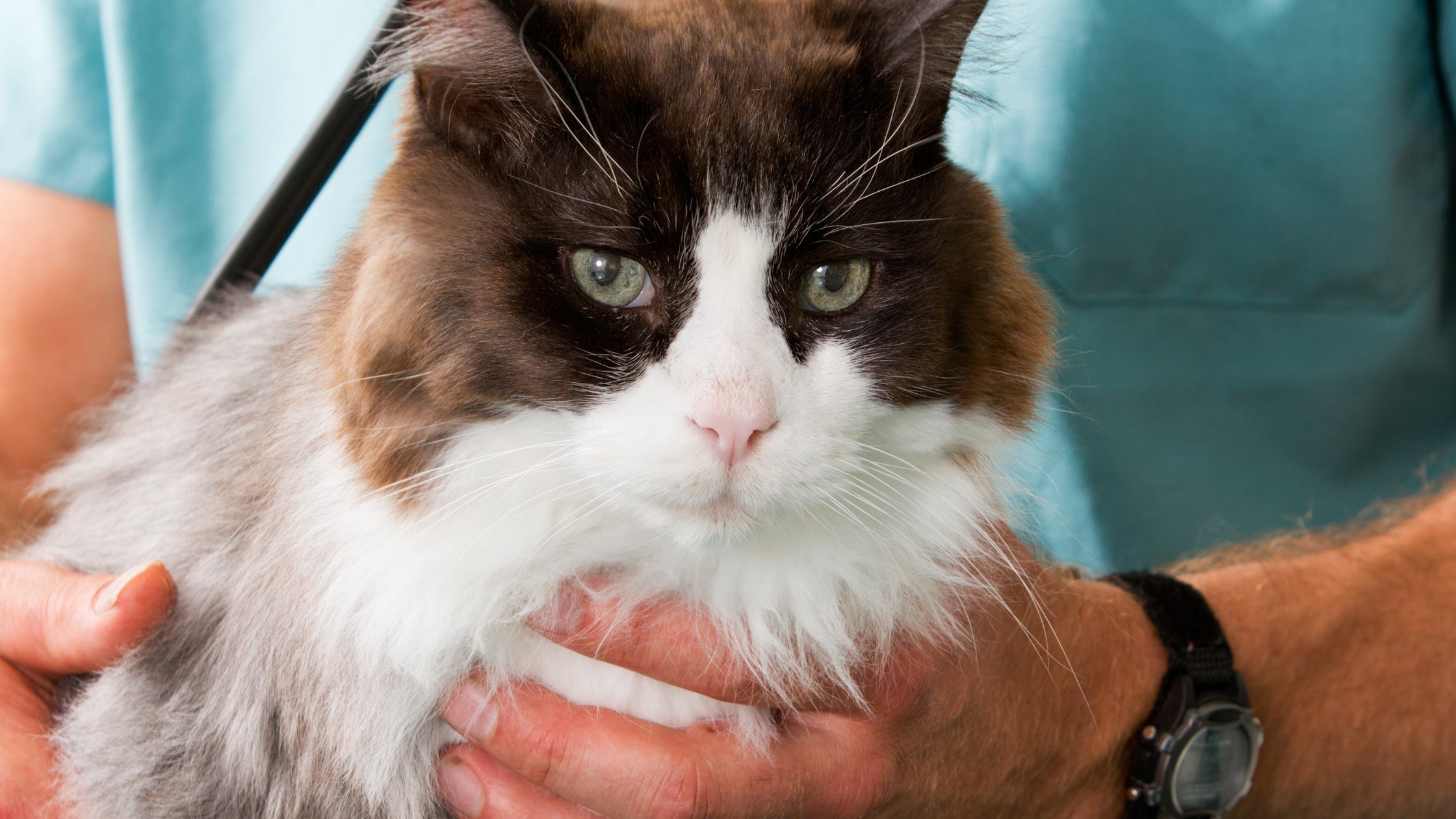
What Is Feline Asthma?
Feline asthma is a condition caused by an allergic reaction to inhaled allergens. The irritant causes swelling of the airways and an overproduction of mucus, which causes difficulty breathing.
Read More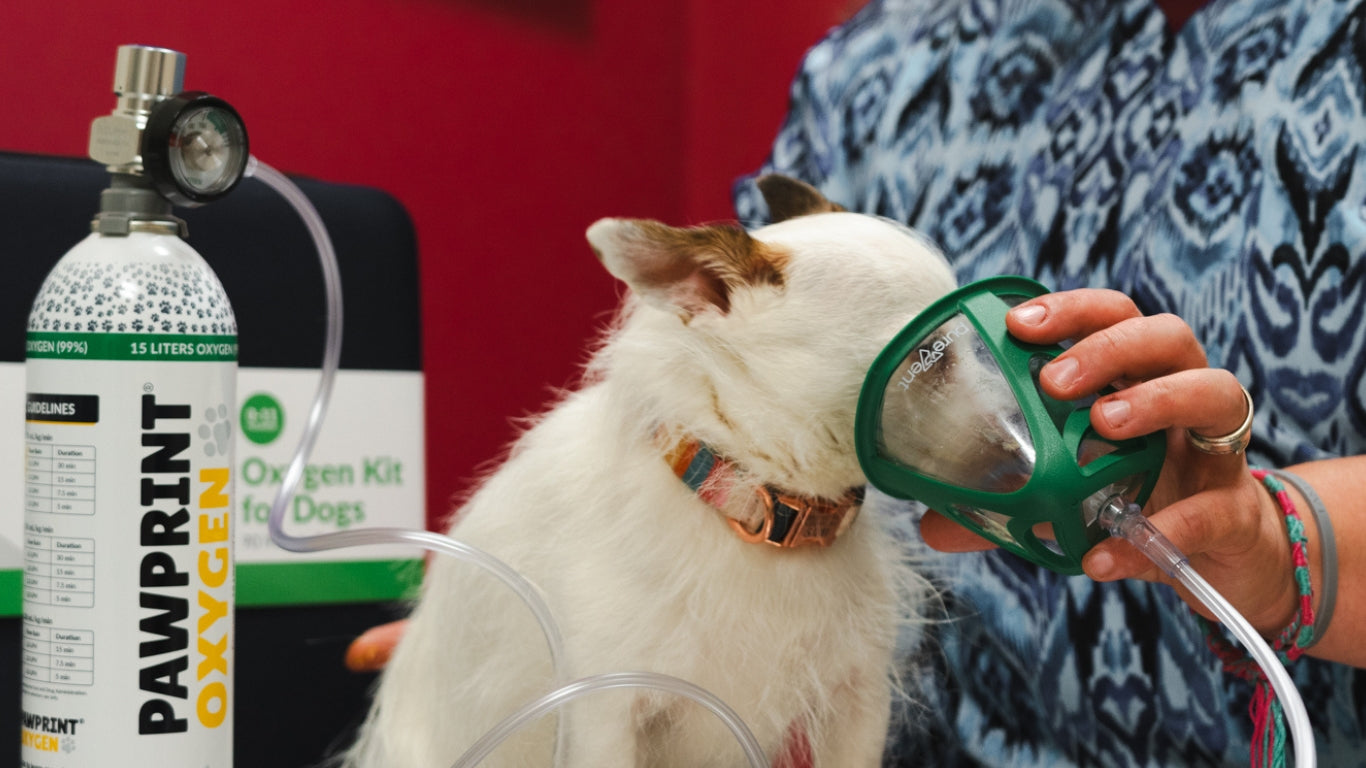
What Is Altitude Sickness?
Altitude sickness arises when an animal is exposed to high altitudes too quickly or for too long, and the lower quantity of oxygen in the air causes breathing difficulties.
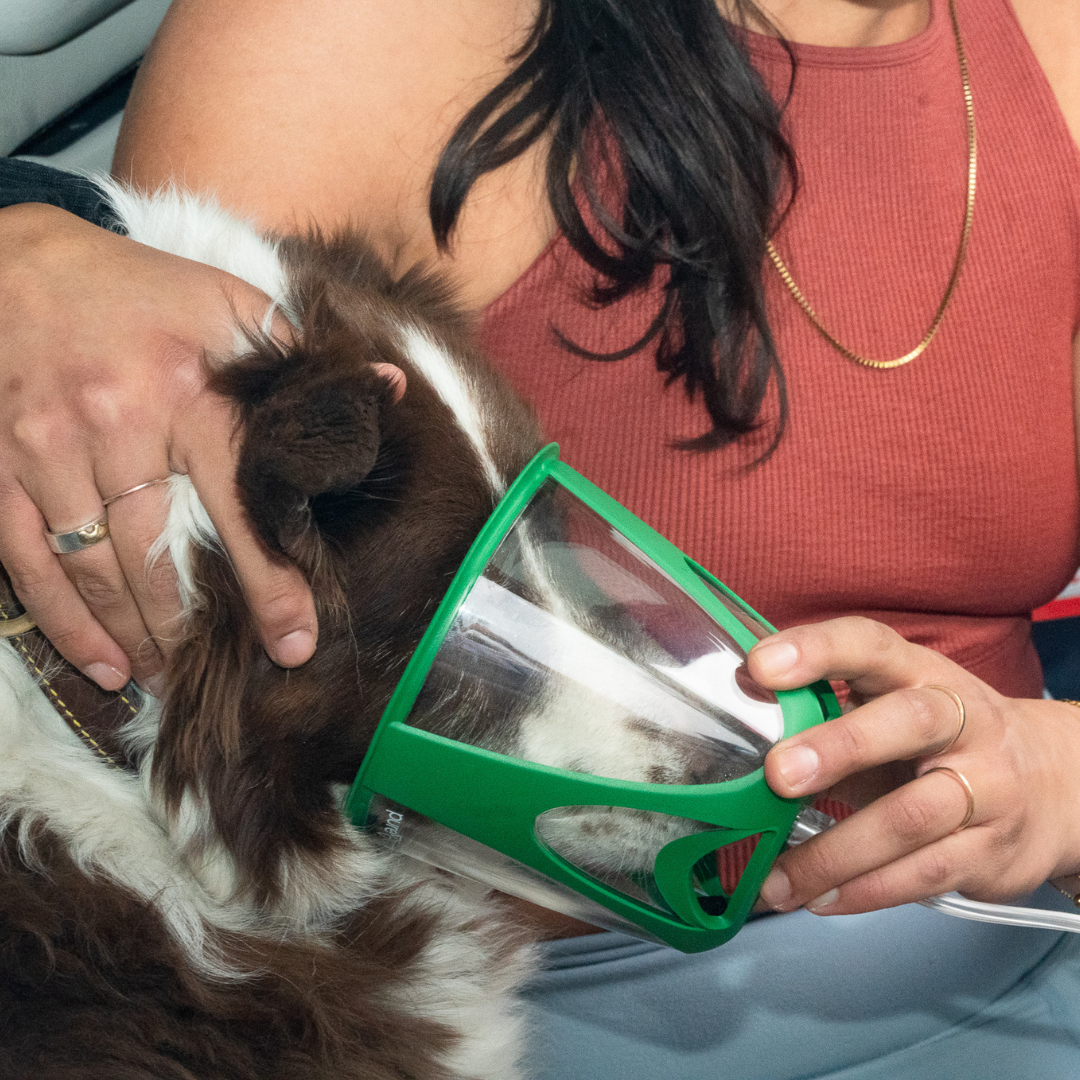
What Is Hypoxemia in Neonatal Puppies and Kittens?
This condition is caused by low oxygen levels present at the time of whelping, and can be life threatening if not treated immediately. There are many causes of hypoxemia in neonatal puppies and kittens. Aspirating foreign material into the lungs, too much time spent in the birth canal, and birth defects can all be contributing factors to hypoxemia.
Read More